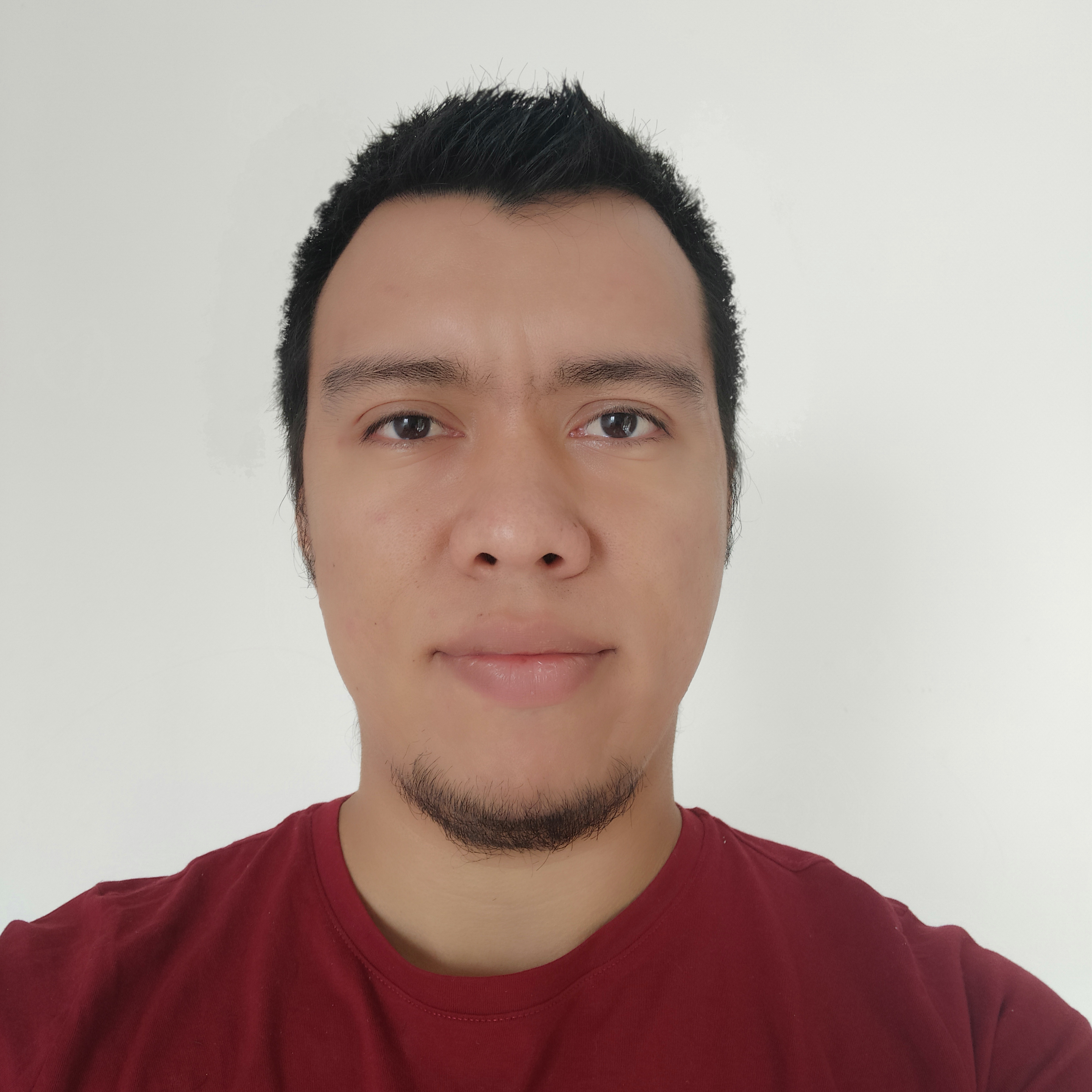Introduction to the PHP programming language

PHP (Hypertext Preprocessor) is a high-level imperative scripting language, object-oriented (since PHP 5), and general-purpose developed in the programming language C/C++. PHP is generally used for the development of dynamic websites, CLI (command line interface) program design, and desktop applications. The language was created by Rasmus lerdorf in 1994, who initially called it PHP (Personal Home Page), as he created it to dynamically manage his personal page.
What can PHP do?
There are three areas where PHP can be used as a programming language:
1. Server scripting: It is one of the most popular options and the reason for writing this article. PHP is one of the best languages for programming dynamic and modular pages on the web.
2. Command line: PHP can be used from the console to perform system tasks such as file manipulation, process management, among others.
3. Desktop applications: Although PHP is not the most used language to make desktop programs, it has a GTK extension to develop applications for the platform.
PHP nowadays
PHP is an excellent language for building modular web pages, and in recent years it has made great strides in completely implementing the object-oriented programming paradigm. It is an easy-to-learn language, capable of doing incredible things in the first learning sessions. About 80% of all sites on the Internet are made in some version of PHP. Large sites like Wikipedia, Facebook, SourceForge, and others are made or have some module written in PHP.
Frameworks
The PHP community also has many frameworks that facilitate the most common tasks you may encounter. Below is the link to a very interesting article about the ten most popular frameworks this year.
10 Popular PHP frameworks in 2020